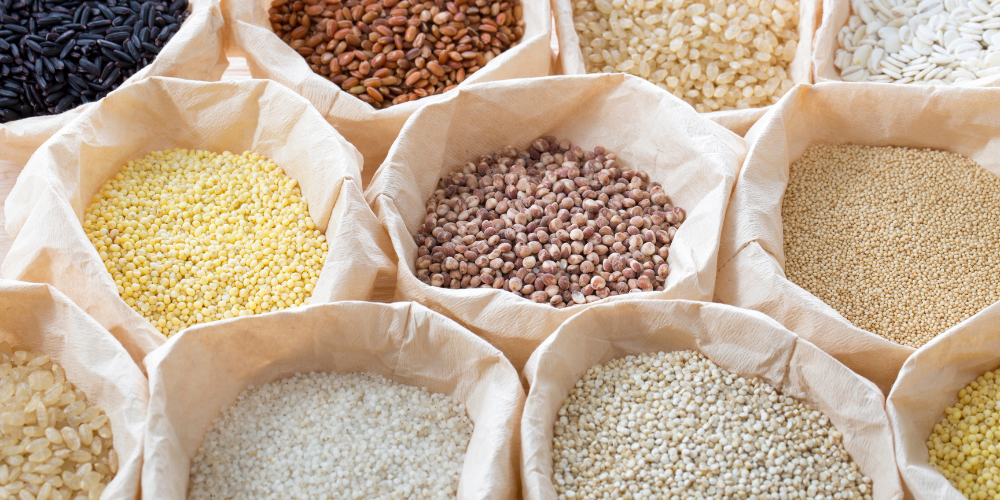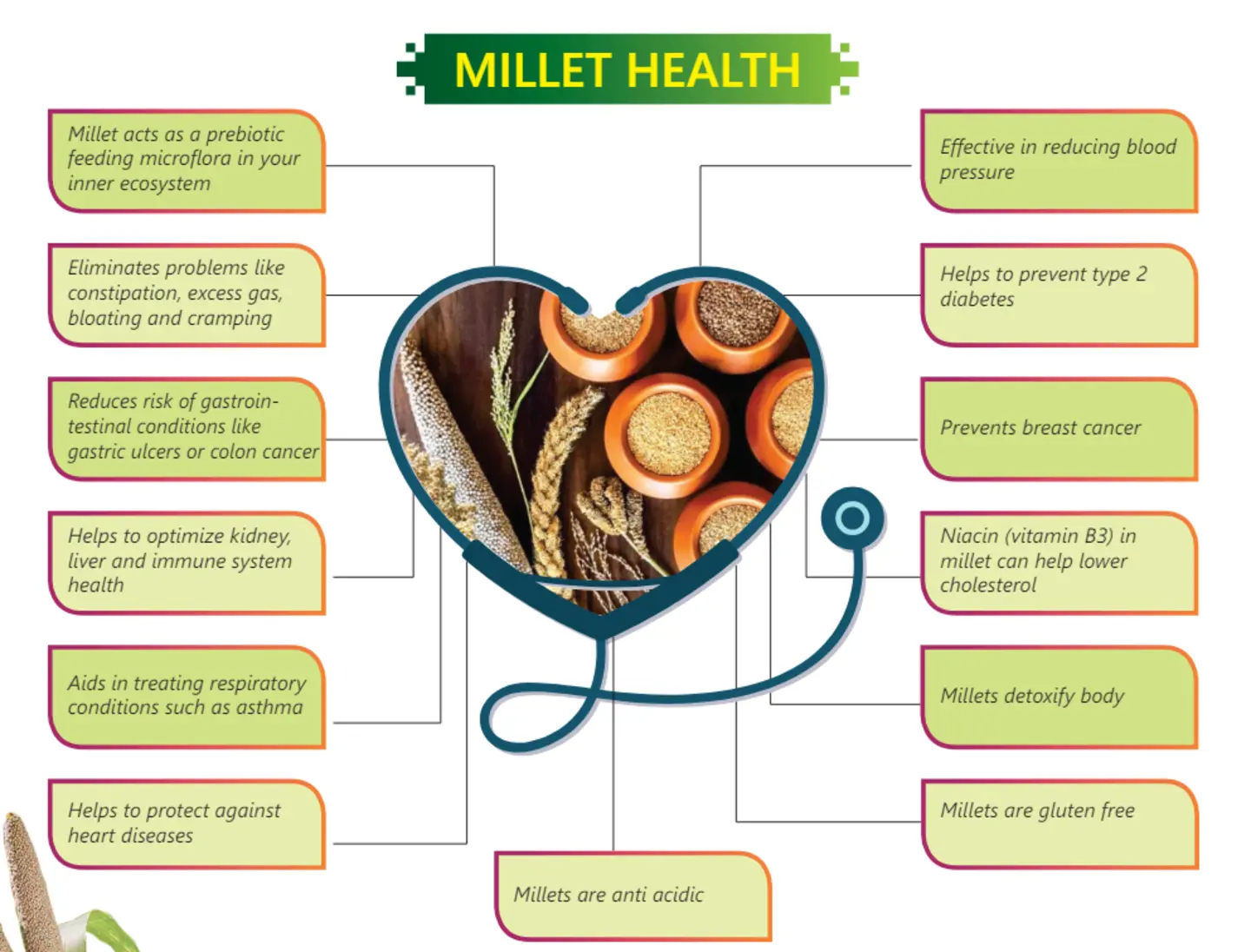Scientific Name of Millets Unveiled
Discover the Scientific Name of Millets, their benefits, uses, and why they are a must-have in your diet. Learn about different Scientific Name of Millets and their nutritional value.
Millets are small-seeded grains that have been cultivated for thousands of years. They are drought-resistant and rich in nutrients, making them an excellent addition to a healthy diet. These grains are widely grown in Asia and Africa and are known for their resilience to harsh weather conditions. Understanding the Scientific Name of Millets of each variety helps in recognizing their unique properties and benefits.
Millets have been a staple food in many ancient civilizations. They were cultivated in India, China, and Ethiopia over 4,000 years ago. Due to their nutritional properties, millets are now gaining global recognition as a superfood. Learning about the Scientific Name of Millets helps in differentiating between different types.
Scientific Names of Millets
Here are the Scientific Name of Millets for popular millet varieties:
|
Common Name |
Millets Scientific Name |
|
Pearl Millet |
Pennisetum glaucum |
|
Finger Millet |
Eleusine coracana |
|
Foxtail Millet |
Setaria italica |
|
Little Millet |
Panicum sumatrense |
|
Barnyard Millet |
Echinochloa esculenta |
|
Kodo Millet |
Paspalum scrobiculatum |
|
Proso Millet |
Panicum miliaceum |
Each millet type has unique properties and health benefits. Pearl millet, for instance, is rich in iron, while finger millet has high calcium content. Understanding the millets scientific name allows consumers to choose the right type for their dietary needs.
Nutritional Value Scientific Name of Millets
Millets are packed with essential nutrients such as fiber, protein, vitamins, and minerals. They are particularly high in iron, magnesium, and phosphorus. A comparison of their nutritional content per 100 grams is shown below:
|
Nutrient |
Pearl Millet |
Finger Millet |
Foxtail Millet |
|
Energy (kcal) |
360 |
336 |
331 |
|
Protein (g) |
11.8 |
7.3 |
12.3 |
|
Fiber (g) |
8.5 |
3.6 |
6.7 |
|
Iron (mg) |
6.42 |
3.9 |
2.8 |
|
Calcium (mg) |
42 |
344 |
31 |
Understanding the Scientific Name of Millets and their nutritional composition helps in making informed dietary choices.

Health Benefits Scientific Name of Millets
- Aids Digestion – High in fiber, helping with gut health and preventing constipation.
- Regulates Blood Sugar – Low glycemic index makes them suitable for diabetics.
- Promotes Heart Health – Rich in antioxidants and healthy fats.
- Supports Weight Loss – Keeps you full for longer, reducing cravings.
- Boosts Immunity – Contains essential vitamins and minerals that strengthen the immune system.
The Scientific Name of Milletsplays a role in determining their specific health benefits, helping consumers pick the right variety for their needs.
Different Types of Millets
Millets are classified into major and minor millets based on their cultivation and usage.

- Major Millets – Pearl millet, Finger millet, Foxtail millet.
- Minor Millets – Kodo millet, Proso millet, Barnyard millet, Little millet.
Identifying each variety by its Scientific Name of Millets helps in understanding their unique benefits.
Millets in Traditional and Modern Diets
Millets have been consumed in India, Africa, and China for centuries. Today, they are used in various gluten-free and health-conscious recipes worldwide. Traditional dishes like ragi mudde in India and millet porridge in Africa have been consumed for generations. Recognizing the millets scientific name allows for a deeper appreciation of their historical significance.
How to Incorporate Millets in Meals
- Breakfast: Millet porridge, pancakes, and smoothies.
- Lunch/Dinner: Millet rotis, pulao, and salads.
- Snacks: Millet cookies, energy bars, and soups.
Knowing the millets scientific name of each variety ensures better meal planning and selection.
Millets vs. Other Grains
Compared to rice and wheat, millets have more fiber and are gluten-free, making them a healthier alternative. They provide higher protein content and more antioxidants than refined grains. The millets scientific name of each variety helps in making direct comparisons with other grains.

Gluten-Free and Weight-Loss Benefits
Since millets are naturally gluten-free, they are an excellent choice for people with gluten intolerance or those looking to lose weight. Their high fiber content keeps you full and reduces unnecessary snacking. Identifying the millets scientific name can help in selecting the right variety for gluten-free diets.

Best Recipes Using Millets
- Millet Porridge: A nutritious breakfast option.
- Millet Upma: A South Indian dish made with vegetables.
- Millet Khichdi: A one-pot meal with lentils and spices.
- Millet Roti: A gluten-free alternative to wheat rotis.
Using the millets scientific name while purchasing ensures getting the right variety for these recipes.
FAQs About Millets
1. Are millets better than rice?
2. Can diabetics eat millets?
Absolutely! Millets help regulate blood sugar levels and are recommended for diabetics.
3. What is the best way to cook millets?
Soaking millets before cooking can improve their texture and digestibility.
4. Are millets good for kids?
Yes, they provide essential nutrients for growing children and are a great alternative to refined grains.
5. How often should I eat millets?
Including millets in your diet 3-4 times a week is beneficial for health.
6. Can millets cause bloating?
Some people may experience bloating if they are not used to high-fiber foods. Drinking enough water helps ease digestion.
Conclusion
Millets are a powerhouse of nutrition and sustainability. Including them in your diet can improve health while benefiting the environment. Recognizing the millets scientific name of different varieties helps in choosing the best option



